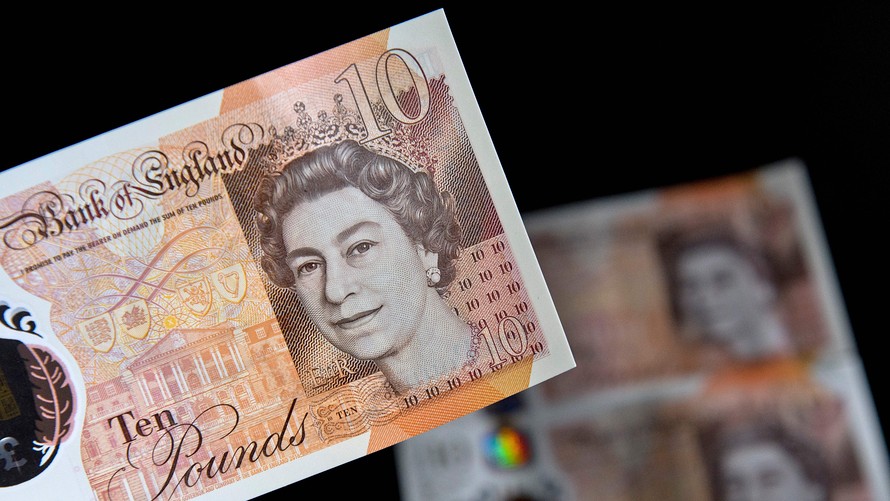The pound fell on Thursday and derivatives markets signalled more weakness for the currency as fears grow of a catastrophic “no-deal” Brexit should lawmakers hold firm in their rejection of Prime Minister Theresa May’s divorce deal with the EU.
May has asked European Council President Donald Tusk to delay Brexit from March 29 until the end of June and said she was preparing for a third vote in the British parliament on the exit deal she arduously negotiated with the European Union.
While German Chancellor Angela Merkel has voiced readiness to back a short extension, traders are increasingly worried that in the likelihood of her deal failing for a third time to pass parliament, a host of possibilities open up, none of which are positive for the currency in the short term.
“We could still stumble into a no-deal Brexit,” said John Marley at FX risk management specialist, Smart Currency Business based in London.
While banks’ probability metrics of a no-deal Brexit remain low and haven’t changed in recent days – Berenberg, for example, maintain their probability at a slim 15 percent — increased signs of unease are showing up in currency derivative markets.
Risk reversals in the pound maturing in two weeks fell to their lowest levels since mid-December. This is a gauge of demand for the currency through calls to puts, with puts offering the right to sell at a certain price and calls the right to buy.
Risk reversals maturing over one to three months registered bigger declines, falling to their lowest levels since November, even as broader spot markets stabilised around $1.3160.
“Sterling continues to be volatile, pushed and pulled around as the news unfolds,” UBS Wealth Management told clients.
“For now, we do not advocate taking directional views on the currency, but we remain alert to entry and exit opportunities if volatility persists.”
BREXIT AND BOE
In a sign of how much focus there is on Brexit headlines, an unexpected rise in retail sales data in February failed to elicit any meaningful reaction from the pound.
The British currency edged 0.2 percent lower at $1.3168. Against the euro, it weakened 0.1 percent to 86.59 pence.
Another source of support for sterling – expectations of an interest rate rise by the Bank of England – is also ebbing. The bank had been expected to raise rates once Britain exited the EU with a deal and transition period in place, but could be forced to ease policy instead in the event of a no-deal outcome.
A market-implied gauge of rate hikes from the Bank of England shows the possibility of a rate rise by December has dwindled to 18 percent, compared to 40 percent earlier this week .
However, that also follows Thursday’s U.S. Federal Reserve meeting that wiped out rate-rise expectations for the rest of 2019 and has sent global bond yields hurtling lower.
The BOE meets on Thursday and its post-meeting statement at 1200 GMT will not yield any policy changes. But it could provide clues on how it could act if a Brexit extension is not granted.
The Brexit risks as well as moves in U.S. Treasury bonds drove British government bond yields sharply lower, with 10-year yields standing just above 1 percent at the lowest since Sept. 2017.














